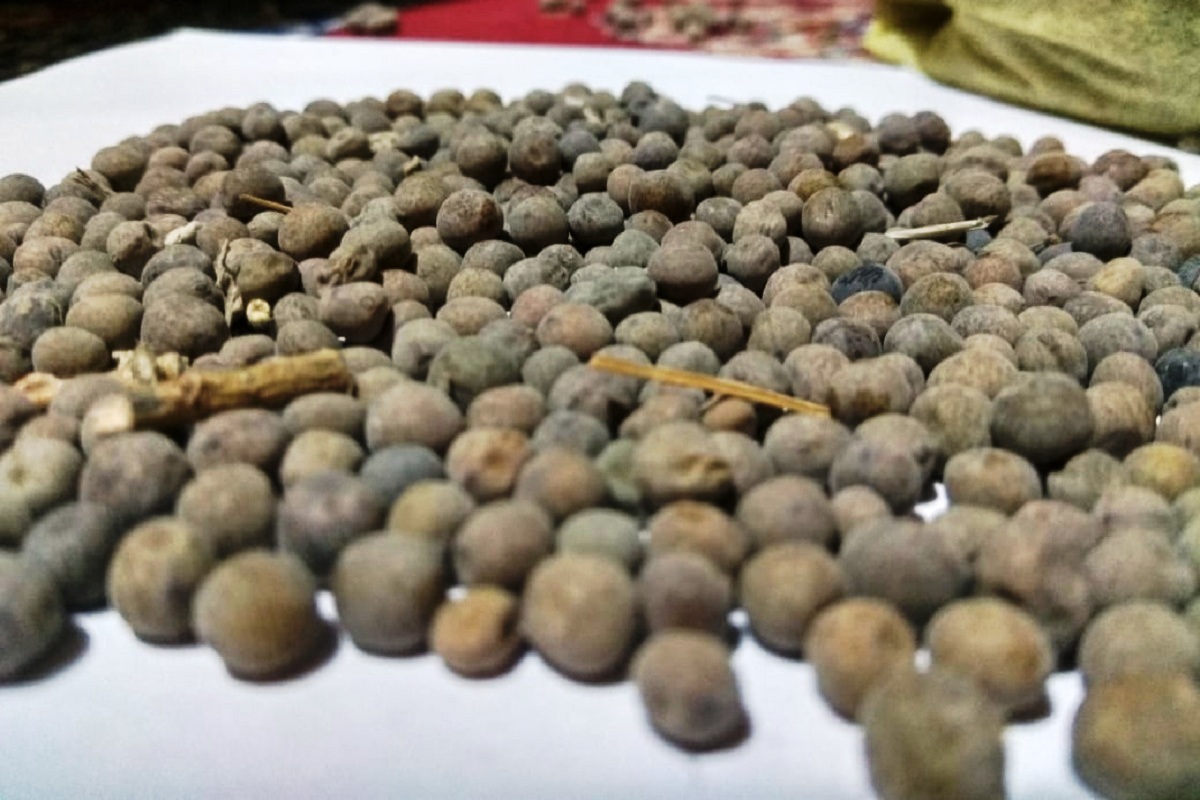Still unexplained
The hunt for the origins of Covid-19 has for the past four years been a tangled web of politics, power struggles, and international finger-pointing.
The black peas- a pulse- are smaller in size and have a greater shelf life (upto two years) than the green peas.

File pic of Black Peas in Spiti. (SNS)
Tribal folks in the cold desert of Lahaul Spiti in Himachal Pradesh have often displayed their progressive mindset. The Covid-19 pandemic corroborates it more.
Fearing that Covid-19 lockdown will hamper marketing of their cash crop of green pea that they grow in the sole agriculture season (April- September) in the tribal belt with harsh weather, the farmers in Spiti valley in Lahaul Spiti quickly chose to switch back to the cultivation of traditional black peas, called ‘kali matree’ locally, this year.
The black peas- a pulse- are smaller in size and have a greater shelf life (upto two years) than the green peas. They are consumed as a pulse similar to kidney beans and are highly nutritious.
Advertisement
“We had left growing traditional black peas long back (except that for self consumption) as the alternate of green peas offered us better profits in the market in North India. The green peas produced here are of high quality due to typical weather,” said Lobsang, a farmer in Kaza in Spiti.
He said black peas are being grown in some pockets far from road head also in Spiti, where perishable green peas could not be due to the time taken from farm to market. “But this year, most of the farmers took to the cultivation of black peas over lucrative green peas to avoid losses amid fears of lockdown getting extended time and again. We were not sure that when crop comes out in September, the transport and market systems in Chandigarh, Delhi would work or not. Black peas can be held back after harvesting for long time,” Lobsang shared.
Spiti valley is located on the Indo-Tibetan border at an altitude of around 3500- 4000 metres. Development is negligible in this distant area, which is around 400 kilometres away from the state capital Shimla.
Living in extremely harsh weather in winters, when it snowbound intermittently, people don’t have quality education infrastructure, health care, road network and telephone connectivity facilities in the tribal belt, which has led to gradual exodus from the area as people look for greener pastures in other cities of Himachal or outside.
There are around 1500 farmers in Spiti. While their main cash crop is green peas (on 650 hectares), they also cultivate barley (457 hectares) and wheat.
“The whole economy of farmers in Spiti depends on only one agriculture season. That’s why they decided against growing green peas,” said Sujata Negi, Block Technical Officer under Agricultural Technology Management Agency (ATMA) of state Agriculture department at Kaza.
“The farmers in Spiti have been racing against time to sow the crop with proper social distancing measures in fields to avoid any delays. It is ready for harvest in three months,” she added.
Negi said the Spiti farmers, who are doing hundred per cent natural farming (with no use of chemicals), have also diversified to other vegetable crops like cabbage and cauliflower over the years for better returns.
Advertisement